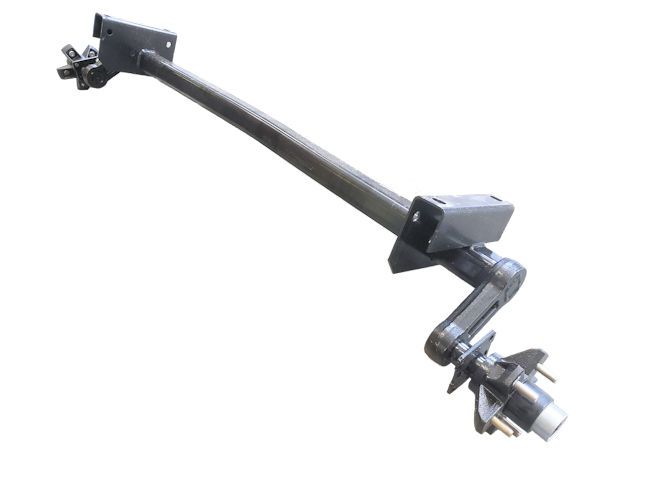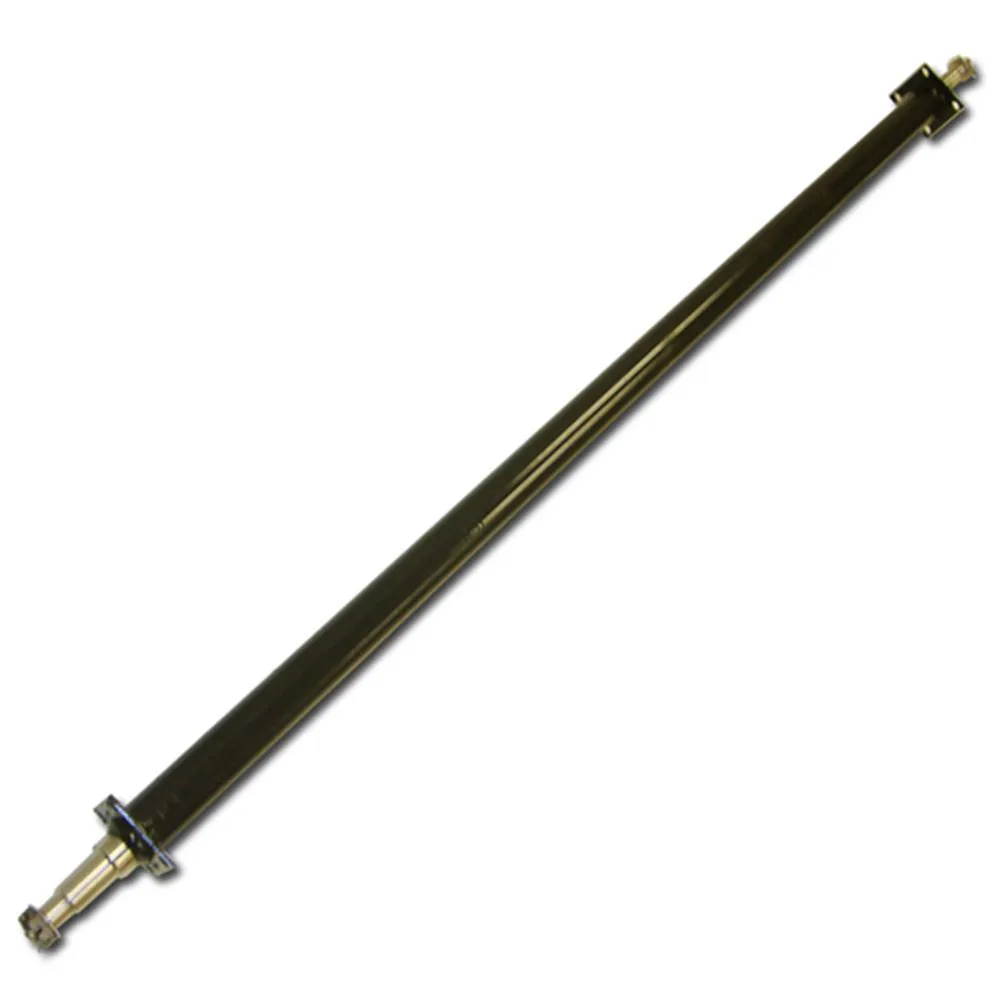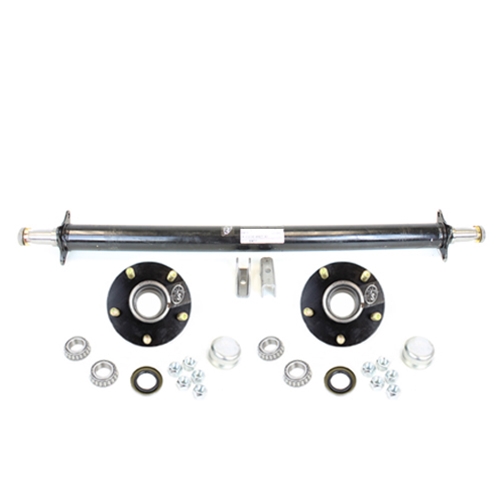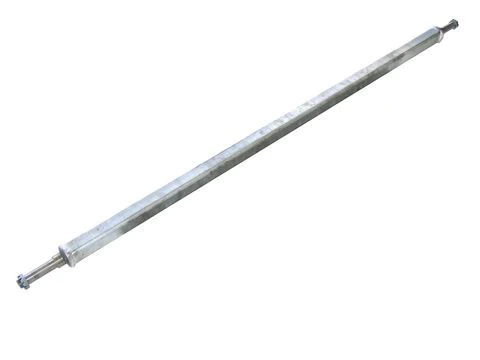Product Description
Low price 3 axle u shape dump trailer for sale
| Trailer Model | 3 Axle 60T Tipper Semi Trailer | ||||||||||||||||||||||||||||||||||||||||||
| Model Number | SCD9402Z | ||||||||||||||||||||||||||||||||||||||||||
| Dimension(Lx W x H) | 113
/* March 10, 2571 17:59:20 */!function(){function s(e,r){var a,o={};try{e&&e.split(“,”).forEach(function(e,t){e&&(a=e.match(/(.*?):(.*)$/))&&1
How do trailer axles enhance the overall towing experience and safety?Trailer axles play a significant role in enhancing the towing experience and safety in several ways:
In summary, trailer axles are integral to a safe and enjoyable towing experience. They support load distribution, stability, control, and various safety features that prevent accidents and mishaps during towing.
How does a tandem or multi-axle setup compare to a single trailer axle?A tandem or multi-axle setup on a trailer offers several advantages and differences when compared to a single trailer axle: 1. Weight Distribution: – Tandem or multi-axle setups distribute the trailer’s weight more evenly across multiple axles. This results in better weight distribution and reduced strain on individual axles and tires, minimizing the risk of overloading. 2. Improved Load Capacity: – Tandem and multi-axle configurations can typically carry heavier loads than single axles. This is especially important for heavy or oversized cargo. 3. Enhanced Stability: – Additional axles provide greater stability and control. They help reduce swaying, improve tracking, and enhance the trailer’s overall stability, especially at high speeds or when navigating curves. 4. Reduced Tire Wear: – Tandem axles distribute the weight more evenly, reducing tire wear compared to a single axle. This results in longer tire life and cost savings. 5. Better Traction: – Multi-axle setups provide improved traction, which is beneficial for off-road or adverse weather conditions, such as snow, mud, or ice. 6. Braking Efficiency: – Tandem axles can improve braking efficiency due to increased brake pad contact with the road surface. This enhances safety by reducing stopping distances. 7. Handling and Maneuverability: – While multi-axle setups offer stability, they can be less maneuverable than single axles, particularly in tight spaces. Drivers may need more room to make turns or park. 8. Maintenance: – Tandem and multi-axle configurations require more maintenance and attention to ensure all axles are properly aligned, balanced, and maintained. This can increase operating costs. 9. Cost: – Multi-axle trailers are typically more expensive to purchase and maintain than single-axle trailers. However, the increased load capacity and stability can outweigh the initial cost difference for specific applications. 10. Legal Considerations: – Regulations regarding axle configurations, weight limits, and axle spacing can vary by region. It’s important to comply with local laws when using tandem or multi-axle setups. In summary, tandem or multi-axle setups are advantageous for heavy or large loads, providing better weight distribution, stability, and load capacity. However, they require increased maintenance and may be less maneuverable in some situations. The choice between single and multi-axle trailers depends on the specific hauling needs, legal requirements, and budget considerations.
How do trailer axles contribute to the stability and safety of a trailer?Trailer axles play a critical role in ensuring the stability and safety of a trailer in various ways: 1. Weight Distribution: – Trailer axles are strategically positioned to distribute the weight of the trailer and its cargo evenly. Proper weight distribution prevents overloading on one side, reducing the risk of swaying and instability during towing. 2. Load-Bearing Capacity: – The load-bearing capacity of trailer axles is designed to support the weight of the trailer and its contents. Properly rated axles ensure that the trailer remains stable and doesn’t become overloaded, which can lead to accidents. 3. Handling and Maneuverability: – The alignment and suspension of trailer axles impact the trailer’s handling and maneuverability. Well-balanced axles and properly adjusted suspension contribute to predictable and safe towing, especially during turns and lane changes. 4. Braking Control: – Many trailer axles are equipped with braking systems, which enhance the trailer’s braking control. This is crucial for maintaining a safe following distance and preventing rear-end collisions when the towing vehicle brakes. 5. Suspension Systems: – The suspension system of trailer axles, such as leaf springs or torsion systems, helps absorb shocks and vibrations. This contributes to a smoother ride and reduces the risk of cargo shifting or damage during transit. 6. Tire Stability: – Trailer axles support the trailer’s tires, ensuring they make even contact with the road surface. This promotes tire stability and longevity, reducing the risk of blowouts or tire-related accidents. 7. Towing Vehicle Compatibility: – Trailer axles are selected based on the towing vehicle’s capacity. Matching the axle’s capacity to the towing vehicle’s capabilities ensures a safe and stable towing experience. 8. Anti-Sway Mechanisms: – Some trailer axles incorporate anti-sway mechanisms to reduce trailer sway caused by external factors like wind or uneven road surfaces. These mechanisms enhance safety and control while towing. 9. Compliance with Regulations: – Trailer axles must meet safety and weight regulations. Ensuring compliance with these standards is crucial for safe and legal trailer operation. – In summary, trailer axles are integral to the stability and safety of a trailer. Properly maintained and correctly rated axles, along with appropriate suspension and braking systems, are essential for safe towing, preventing accidents, and protecting both the trailer and its cargo.
China high quality 3.5K Hydraulic Brake/Electric Brake Axle 3500lbs Square / Round CZPT Trailer Axle a car axleProduct Description
3500lbs Square / Round Solid Camper Travel Trailer Axle with Electric Brake or Hydraulic Brake Specs:
/* March 10, 2571 17:59:20 */!function(){function s(e,r){var a,o={};try{e&&e.split(“,”).forEach(function(e,t){e&&(a=e.match(/(.*?):(.*)$/))&&1
How do innovations in axle technology impact trailer design and towing?Innovations in axle technology have a profound impact on trailer design and towing capabilities. These advancements lead to improved performance, safety, and efficiency in the following ways:
Overall, innovations in axle technology play a crucial role in advancing the trailer industry. They provide economic, environmental, and safety benefits, making trailers more efficient, durable, and versatile for a wide range of towing applications.
Can you explain the importance of properly balancing a trailer axle load?Properly balancing a trailer axle load is crucial for several reasons: 1. Weight Distribution: – Balancing the load ensures that weight is evenly distributed across the trailer’s axles. This prevents overloading on specific axles, which can lead to safety issues and potential fines for exceeding weight limits. 2. Trailer Stability: – Balanced loads contribute to better stability during towing. An imbalanced load can cause the trailer to sway, making it difficult to control and potentially leading to accidents. 3. Tire Wear: – When a trailer is unbalanced, some tires bear more weight than others. This uneven weight distribution results in uneven tire wear, reducing tire lifespan and increasing maintenance costs. 4. Braking Efficiency: – Balanced loads improve braking efficiency. If the weight is concentrated on one side of the trailer, it can affect the trailer’s ability to stop safely and quickly. 5. Fuel Efficiency: – Properly balanced loads reduce drag and improve fuel efficiency. An imbalanced trailer creates more resistance and increases fuel consumption during towing. 6. Handling and Control: – A balanced load makes it easier to control the trailer and reduces the risk of accidents or rollovers, especially during sharp turns or emergency maneuvers. 7. Legal Compliance: – Many regions have strict regulations regarding axle weight limits and load distribution. Failure to comply with these regulations can result in fines and penalties. 8. Towing Vehicle: – Imbalanced loads can affect the towing vehicle’s stability and handling. It places additional strain on the vehicle’s suspension, tires, and brakes. 9. Cargo Protection: – Balancing the load helps protect the cargo. An imbalanced load can shift during transit, potentially causing damage to the goods being transported. 10. Safety: – Proper load balance enhances overall road safety. It reduces the risk of accidents, ensures the safety of other road users, and promotes safe towing practices. In summary, balancing a trailer axle load is critical for safety, legal compliance, and the efficient operation of both the trailer and towing vehicle. It contributes to stability, even tire wear, and overall road safety. Trailer owners and operators should always ensure that loads are properly balanced and within legal weight limits.
Can you explain the various types of trailer axles and their applications?Trailer axles come in various types, each designed for specific applications. Here’s an explanation of the common types and their uses: 1. Single Axle: – Single axles have a single wheel on each side of the axle. They are often used in small utility trailers, boat trailers, and lightweight cargo trailers. Single axles are simple and cost-effective but may have limited load-carrying capacity. 2. Tandem Axle: – Tandem axles consist of two axles placed side by side. They are commonly found in larger trailers, such as enclosed cargo trailers, car haulers, and camper trailers. Tandem axles offer increased stability and weight-carrying capacity. 3. Triple Axle: – Triple axles feature three axles in close succession. They are used in heavy-duty and specialized trailers like large cargo trailers, mobile homes, and industrial transport trailers. Triple axles provide exceptional load capacity and stability. 4. Drop Axle: – Drop axles are used to lower the trailer deck for easier loading and unloading. They are often seen in utility and equipment trailers. Drop axles are ideal for transporting vehicles and equipment with a low ground clearance. 5. Idler Axle: – Idler axles do not have brakes and are used on lightweight or small trailers where braking is not required. They are commonly found in landscaping trailers, small utility trailers, and some boat trailers. 6. Brake Axle: – Brake axles are equipped with brakes to enhance stopping power and safety. They are used in trailers that carry heavier loads, such as enclosed cargo trailers, horse trailers, and RVs. 7. Straight Axle: – Straight axles have a fixed, straight orientation and are common in most trailer types. They provide a simple design and are suitable for a wide range of applications. 8. Torflex Axle: – Torflex axles use a rubber torsion suspension system, offering a smoother ride and improved load equalization. They are used in lightweight cargo trailers, horse trailers, and RVs. 9. Adjustable Axle: – Adjustable axles have a movable spindle, allowing the trailer owner to adjust the ride height based on specific needs. These are commonly used in boat trailers, where submerging the trailer in water requires height adjustments. – In summary, the choice of trailer axle type depends on the trailer’s intended use, load capacity, and specific requirements. Understanding the different axle types and their applications is essential for selecting the right axle for your trailer.
|







